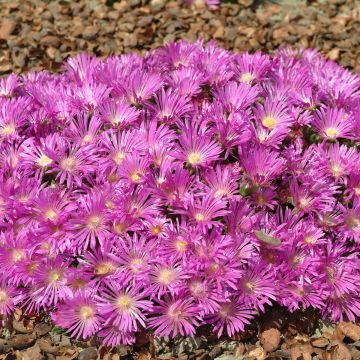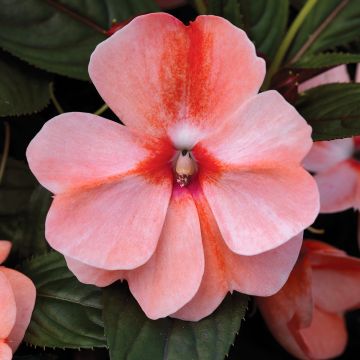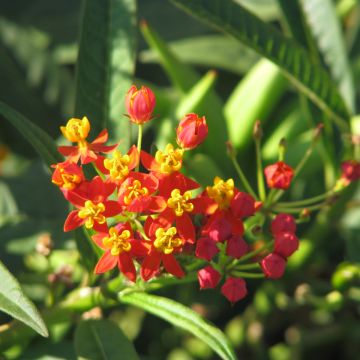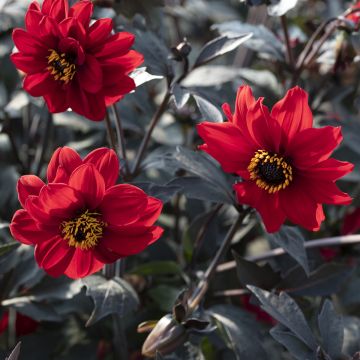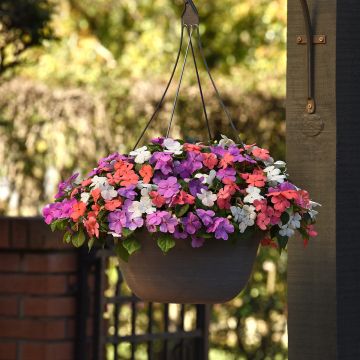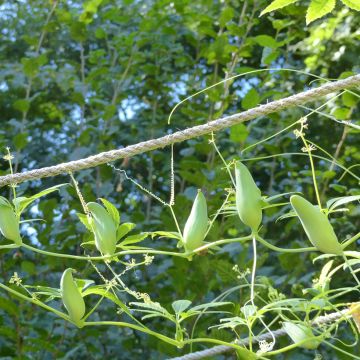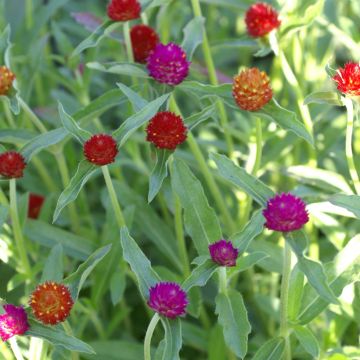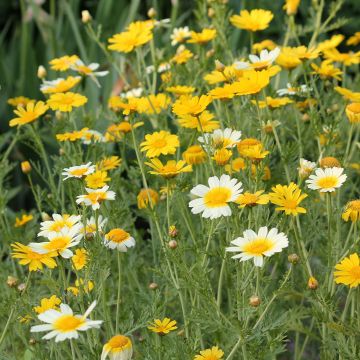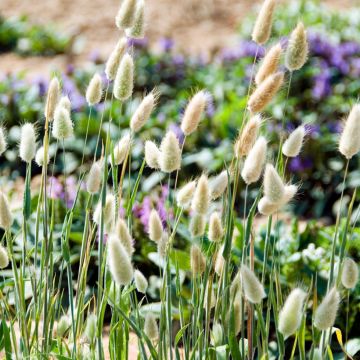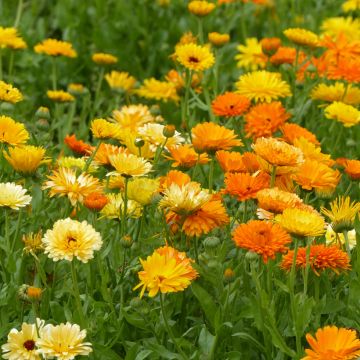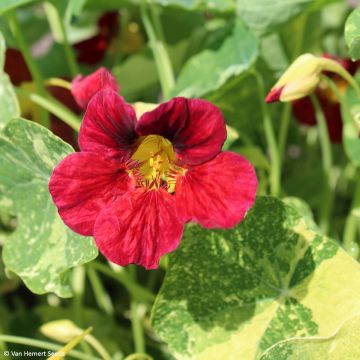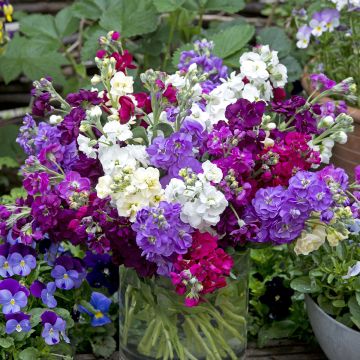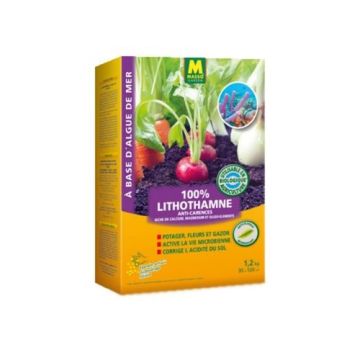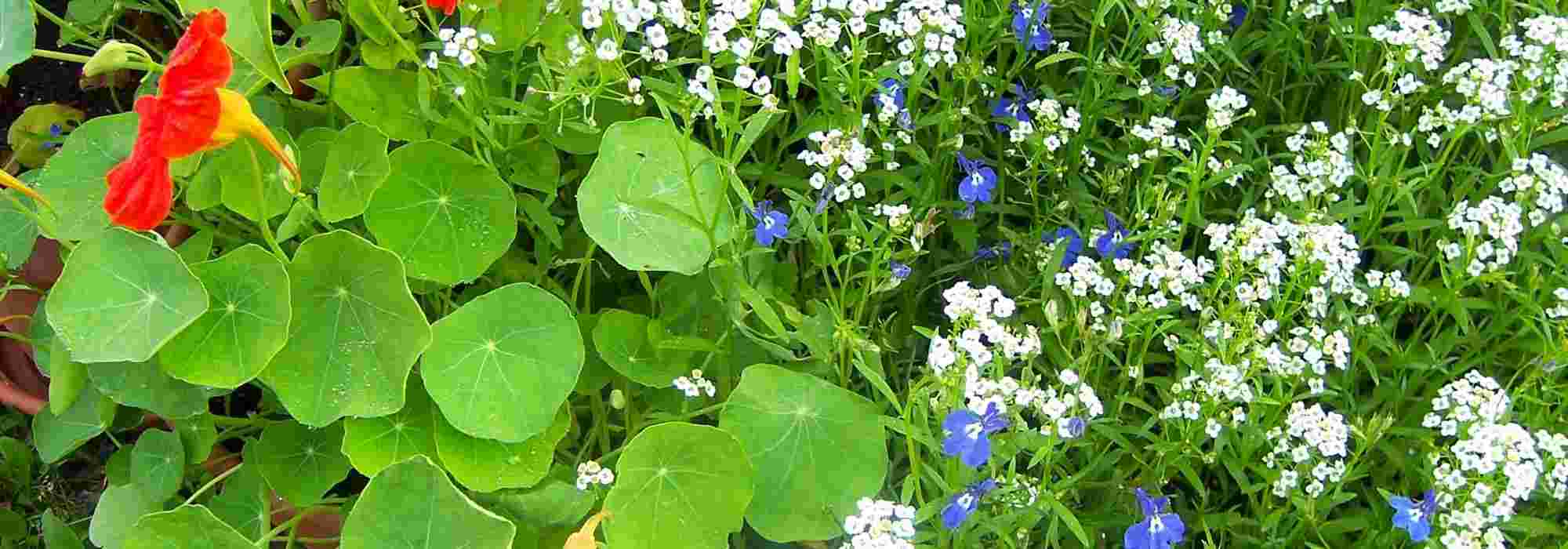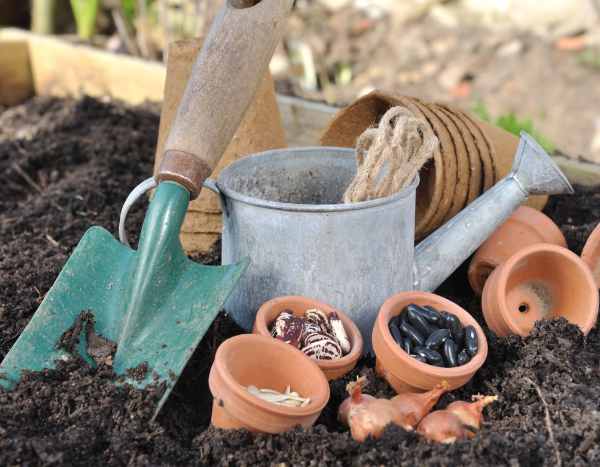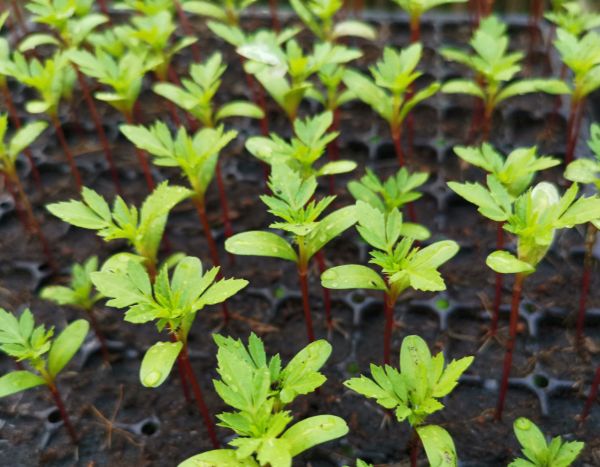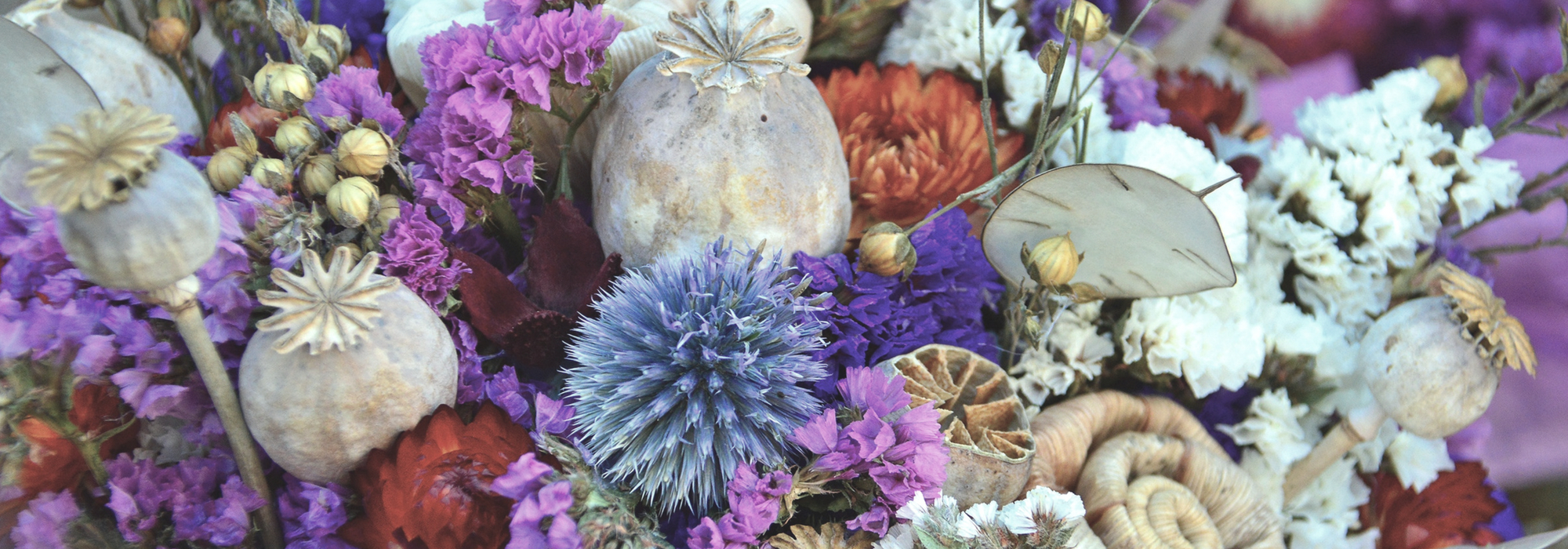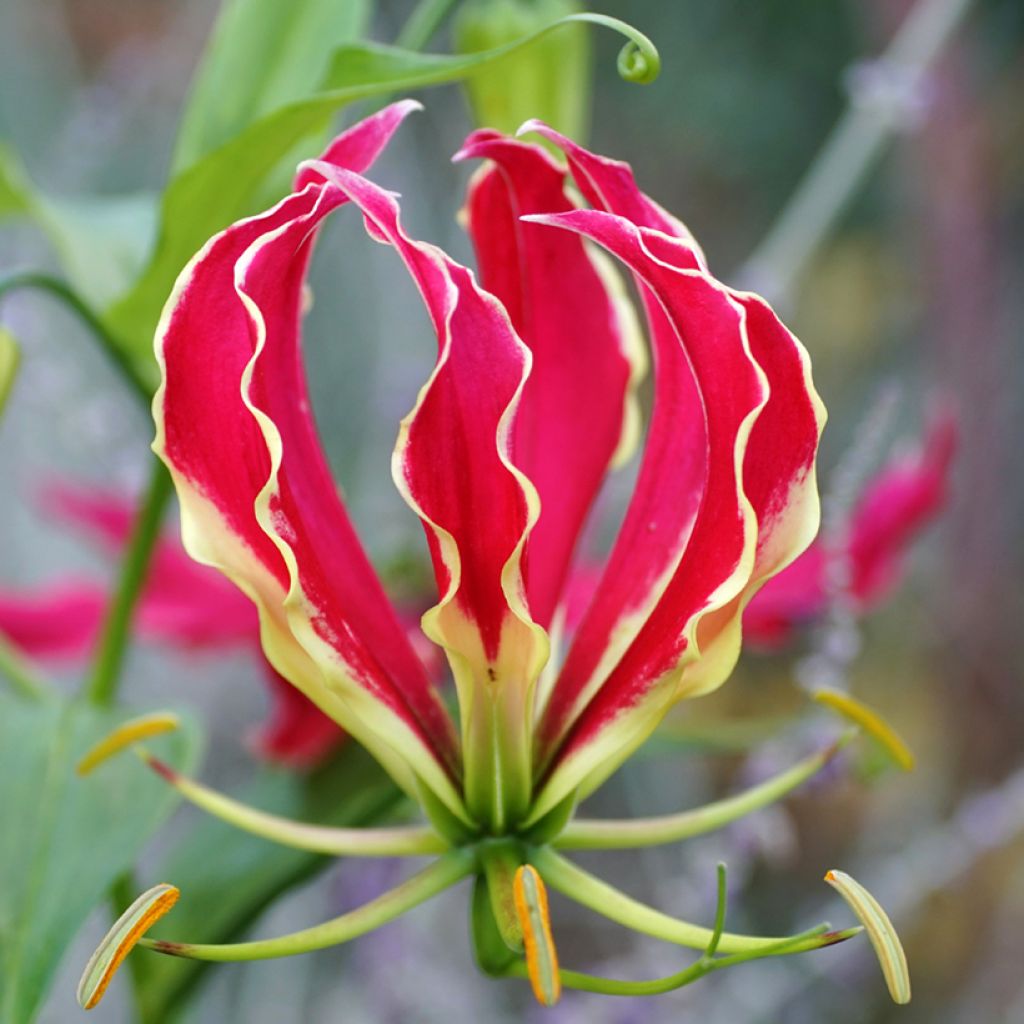

Gloriosa superba Rothschildiana seeds - Glory lily
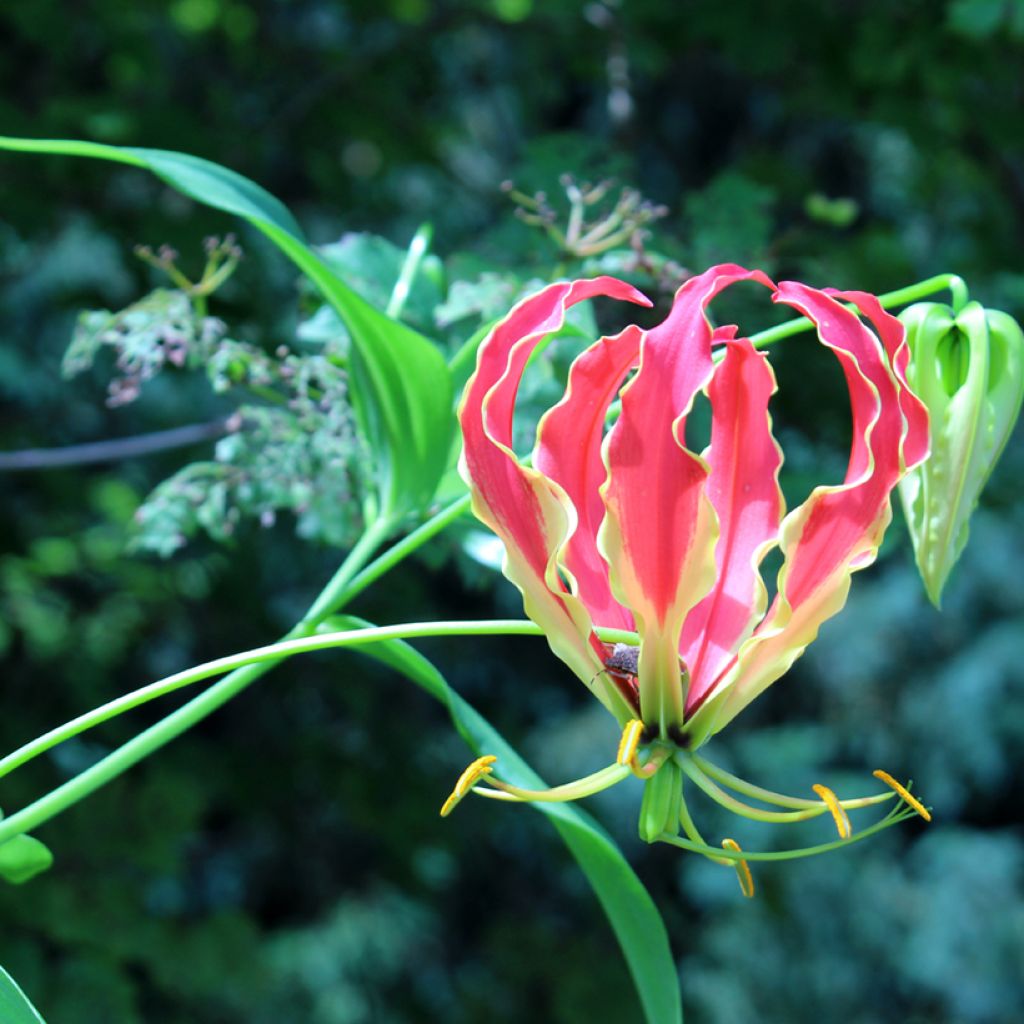

Gloriosa superba Rothschildiana seeds - Glory lily
Gloriosa superba Rothschildiana seeds - Glory lily
Gloriosa superba Rothschildiana
Glory Lily
Special offer!
Receive a €20 voucher for any order over €90 (excluding delivery costs, credit notes, and plastic-free options)!
1- Add your favorite plants to your cart.
2- Once you have reached €90, confirm your order (you can even choose the delivery date!).
3- As soon as your order is shipped, you will receive an email containing your voucher code, valid for 3 months (90 days).
Your voucher is unique and can only be used once, for any order with a minimum value of €20, excluding delivery costs.
Can be combined with other current offers, non-divisible and non-refundable.
Why not try an alternative variety in stock?
View all →This plant carries a 6 months recovery warranty
More information
We guarantee the quality of our plants for a full growing cycle, and will replace at our expense any plant that fails to recover under normal climatic and planting conditions.
Does this plant fit my garden?
Set up your Plantfit profile →
Description
Gloriosa superba 'Rothschildiana', also known as the Gloriosa Lily or Malabar Lily, can be grown from seed. This climbing plant is remarkable for its vividly coloured red and yellow flowers. Native to tropical regions of Africa and Asia, this exotic plant dislikes frost and winter moisture. Grown in pots or in the ground in very mild climates, it uniquely decorates trellises.
Belonging to the Colchicaceae family, Gloriosa superba 'Rothschildiana' is a relative of autumn crocuses. 'Rothschildiana' is a variety selected for its superior ornamental qualities compared to the species. Native to sub-Saharan Africa and South Asia, the species grows naturally in various habitats, including forests, thickets, meadows, and even dunes, demonstrating great adaptability to nutrient-poor soils. The 'Rothschildiana' Gloriosa Lily is a climbing plant that can reach a height of 1.5 to 2 m in cultivation, though in its natural habitat, it may climb up to 4 m. Its flexible stems cling to supports using tendrils at the tips of its leaves. The leaves are lanceolate, glossy green, and between 13 and 20 cm in length. From June to August-September, it reveals spectacular flowers 6 to 10 cm in diameter. The wavy, bright red tepals with yellow edges curve backwards, exposing prominent stamens. The flowers hold up very well in vases. The fruit is an elongated capsule containing red seeds. After summer flowering, the stems and leaves dry out in autumn, marking a period of dormancy during which the plant stores nutrients in its underground tuber. All parts of the plant are toxic if ingested, particularly the tubers rich in colchicine.
Gloriosa superba 'Rothschildiana' thrives in warm, sunny locations, in humus-bearing soil that is slightly moist in summer but dry in winter. It grows best in a temperate greenhouse, and a summer spell outdoors will encourage beautiful flowering. However, garden cultivation is possible provided you treat it like cannas, digging up and storing the bulbs in autumn. This is an eccentric, charming plant that you can place alongside passionflowers or black-eyed Susans, for example.
Report an error about the product description
Flowering
Foliage
Plant habit
Safety measures
Botanical data
Gloriosa
superba
Rothschildiana
Colchicaceae
Glory Lily
Lis de Malabar Rothschildiana
South Africa, Southeast Asia
ingestion
Cette plante est toxique si elle est ingérée volontairement ou involontairement.
Ne la plantez pas là où de jeunes enfants peuvent évoluer, et lavez-vous les mains après l'avoir manipulée.
Pensez à conserver l'étiquette de la plante, à la photographier ou à noter son nom, afin de faciliter le travail des professionnels de santé.
Davantage d'informations sur https://plantes-risque.info
Other Flower seeds
View all →Planting and care
To sow Gloriosa superba 'Rothschildiana' seeds, start by soaking them in warm water for 24 hours to facilitate germination.
Next, plant them in a light, well-draining substrate composed of compost and sand, covering them with a thin layer of soil about 0.5 to 1 cm deep. Maintain a constant temperature between 20 and 25°C, ideally in a heated propagator. Germination may take 3 to 6 weeks. If the seeds are not fresh, their germination rate may be reduced, but this method remains effective.
Once the seedlings are large enough to handle, transplant them carefully into individual pots containing a rich, well-draining compost mix. Place them in a bright spot, sheltered from drafts, and ensure you provide climbing support, such as a trellis or stake, as Gloriosa is a climbing plant that uses tendrils at the ends of its leaves to cling.
Cultivation: Gloriosa superba thrives in sunny to partially shaded positions and prefers soil rich in organic matter with good drainage. During active growth, water regularly to keep the soil moist but avoid overwatering, which may lead to root rot. A liquid fertiliser applied every two weeks during the growing season will encourage abundant flowering. As a tropical plant, it is not hardy and cannot tolerate temperatures below 5°C. It is best grown in pots in regions with cold winters so it can be brought indoors or into a greenhouse when temperatures drop. During winter dormancy, keep the tubers dry. Once the foliage yellows and dries up, gradually reduce watering until the substrate is completely dry. You may even dig up the tubers and store them in a dry, cool (around 10-15°C), and well-ventilated spot until spring.
Sowing period
Intended location
Planting & care advice
This item has not been reviewed yet - be the first to leave a review about it.
Haven't found what you were looking for?
Hardiness is the lowest winter temperature a plant can endure without suffering serious damage or even dying. However, hardiness is affected by location (a sheltered area, such as a patio), protection (winter cover) and soil type (hardiness is improved by well-drained soil).

Photo Sharing Terms & Conditions
In order to encourage gardeners to interact and share their experiences, Promesse de fleurs offers various media enabling content to be uploaded onto its Site - in particular via the ‘Photo sharing’ module.
The User agrees to refrain from:
- Posting any content that is illegal, prejudicial, insulting, racist, inciteful to hatred, revisionist, contrary to public decency, that infringes on privacy or on the privacy rights of third parties, in particular the publicity rights of persons and goods, intellectual property rights, or the right to privacy.
- Submitting content on behalf of a third party;
- Impersonate the identity of a third party and/or publish any personal information about a third party;
In general, the User undertakes to refrain from any unethical behaviour.
All Content (in particular text, comments, files, images, photos, videos, creative works, etc.), which may be subject to property or intellectual property rights, image or other private rights, shall remain the property of the User, subject to the limited rights granted by the terms of the licence granted by Promesse de fleurs as stated below. Users are at liberty to publish or not to publish such Content on the Site, notably via the ‘Photo Sharing’ facility, and accept that this Content shall be made public and freely accessible, notably on the Internet.
Users further acknowledge, undertake to have ,and guarantee that they hold all necessary rights and permissions to publish such material on the Site, in particular with regard to the legislation in force pertaining to any privacy, property, intellectual property, image, or contractual rights, or rights of any other nature. By publishing such Content on the Site, Users acknowledge accepting full liability as publishers of the Content within the meaning of the law, and grant Promesse de fleurs, free of charge, an inclusive, worldwide licence for the said Content for the entire duration of its publication, including all reproduction, representation, up/downloading, displaying, performing, transmission, and storage rights.
Users also grant permission for their name to be linked to the Content and accept that this link may not always be made available.
By engaging in posting material, Users consent to their Content becoming automatically accessible on the Internet, in particular on other sites and/or blogs and/or web pages of the Promesse de fleurs site, including in particular social pages and the Promesse de fleurs catalogue.
Users may secure the removal of entrusted content free of charge by issuing a simple request via our contact form.
The flowering period indicated on our website applies to countries and regions located in USDA zone 8 (France, the United Kingdom, Ireland, the Netherlands, etc.)
It will vary according to where you live:
- In zones 9 to 10 (Italy, Spain, Greece, etc.), flowering will occur about 2 to 4 weeks earlier.
- In zones 6 to 7 (Germany, Poland, Slovenia, and lower mountainous regions), flowering will be delayed by 2 to 3 weeks.
- In zone 5 (Central Europe, Scandinavia), blooming will be delayed by 3 to 5 weeks.
In temperate climates, pruning of spring-flowering shrubs (forsythia, spireas, etc.) should be done just after flowering.
Pruning of summer-flowering shrubs (Indian Lilac, Perovskia, etc.) can be done in winter or spring.
In cold regions as well as with frost-sensitive plants, avoid pruning too early when severe frosts may still occur.
The planting period indicated on our website applies to countries and regions located in USDA zone 8 (France, United Kingdom, Ireland, Netherlands).
It will vary according to where you live:
- In Mediterranean zones (Marseille, Madrid, Milan, etc.), autumn and winter are the best planting periods.
- In continental zones (Strasbourg, Munich, Vienna, etc.), delay planting by 2 to 3 weeks in spring and bring it forward by 2 to 4 weeks in autumn.
- In mountainous regions (the Alps, Pyrenees, Carpathians, etc.), it is best to plant in late spring (May-June) or late summer (August-September).
The harvesting period indicated on our website applies to countries and regions in USDA zone 8 (France, England, Ireland, the Netherlands).
In colder areas (Scandinavia, Poland, Austria...) fruit and vegetable harvests are likely to be delayed by 3-4 weeks.
In warmer areas (Italy, Spain, Greece, etc.), harvesting will probably take place earlier, depending on weather conditions.
The sowing periods indicated on our website apply to countries and regions within USDA Zone 8 (France, UK, Ireland, Netherlands).
In colder areas (Scandinavia, Poland, Austria...), delay any outdoor sowing by 3-4 weeks, or sow under glass.
In warmer climes (Italy, Spain, Greece, etc.), bring outdoor sowing forward by a few weeks.






























